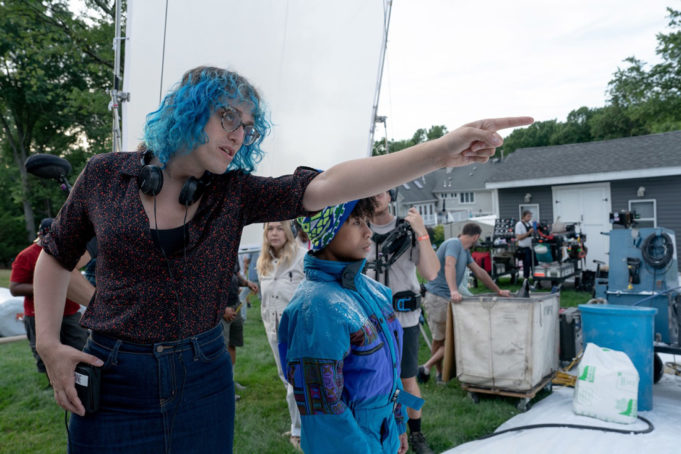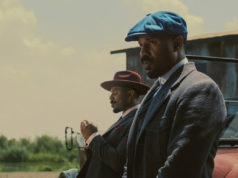One of the funniest parts of Venom: Let There Be Carnage was when the man-eating antihero (Tom Hardy) has a falling out with his host Eddie Brock and leaves his body to show up at a gay pride party. Instead of going on a murderous rampage as usual, Venom instead finds common cause with the gay people who accept him as he is, undoubtedly because they think he’s wearing a badass costume instead of actually looking like that.
That throwaway gag from the 2021 superhero movie throws light on just how far mainstream gay sensibilities have come at the multiplexes. LGBTQ subjects and characters are flourishing in such numbers that a viewer might not realize that real-life gay people are facing a wave of resistance from politicians who want to roll back many recent legal and legislative victories for the LGBTQ community. Yet they are there.
For quite a long time, gay characters were consigned to figures of tragedy, like the closeted U.S. Senator (Don Murray) who commits suicide when a blackmailer outs him in Advise & Consent or the lesbian protagonist of The Fox, who is killed by a falling tree. (Oh, the heavy-handed symbolism!) The AIDS crisis gave rise to a new wave of gay tragedies that included Longtime Companion and Philadelphia and even comedies such as Jeffrey. An overdose of these films led to a concurrent boom in gay comedies such as The Birdcage where gay protagonists were given happy endings. Recently, the pendulum has started to swing back to acknowledging that bad things happen to gay people and following them as they deal with them, in films ranging from the terminal illness of Spoiler Alert to the childhood trauma of All of Us Strangers and the hate crime of Femme.
In the past, Hollywood filmmakers such as George Cukor, Dorothy Arzner, and James Whale could operate with a certain kind of freedom since most moviegoers neither knew nor cared what directors did in their private lives. Such was not the case in places like the Soviet Union, where both Sergei Eisenstein and Sergei Paradzhanov served lengthy prison times for their homosexuality and other perceived crimes. These days, gay filmmakers such as Pedro Almodóvar, Todd Haynes, Gus Van Sant, Apichatpong Weerasethakul, Tsai Ming-liang, and Céline Sciamma are acknowledged among the world’s best. Of the many filmmakers trailing in their wake, Luca Guadagnino looks closest to joining that company.
The next wave undoubtedly belongs to gender-fluid and trans filmmakers. We’ve already experienced the thin end of the wedge, with Nick Bruno and Troy Quane’s Nimona faithfully adapting a trans author’s graphic novel and Jane Schoenbrun’s I Saw the TV Glow commenting on trans identity via a fictional fantasy television show. Compare these with earlier movies about trans people such as Transamerica, 3 Generations, and The Danish Girl, and the older films look hopelessly dated and limited by their outsider perspective. On a lighter note, Emma Seligman’s Bottoms plays out like an even gayer and funnier version of Fight Club.
Then, too, we see actors who are gender-fluid and trans impacting the movies as well. While Asia Kate Dillon portrays characters who are nonbinary like themself to promote the visibility of such people, the similarly nonbinary Emma Corrin portrays straight and cisgender women who chafe against the strictures imposed on them by male society. Then there’s Elliot Page, who has not acted in many films since his transition from female to male. I, for one, would be tickled if he became the first person in history to be nominated for both the Best Actress and Best Actor Oscar. What this new wave of gender-nonconforming talent will bring is impossible to predict. That’s why it’s exciting.
Read about the Pride Month events happening in North Texas throughout June in our Night & Day column here.












